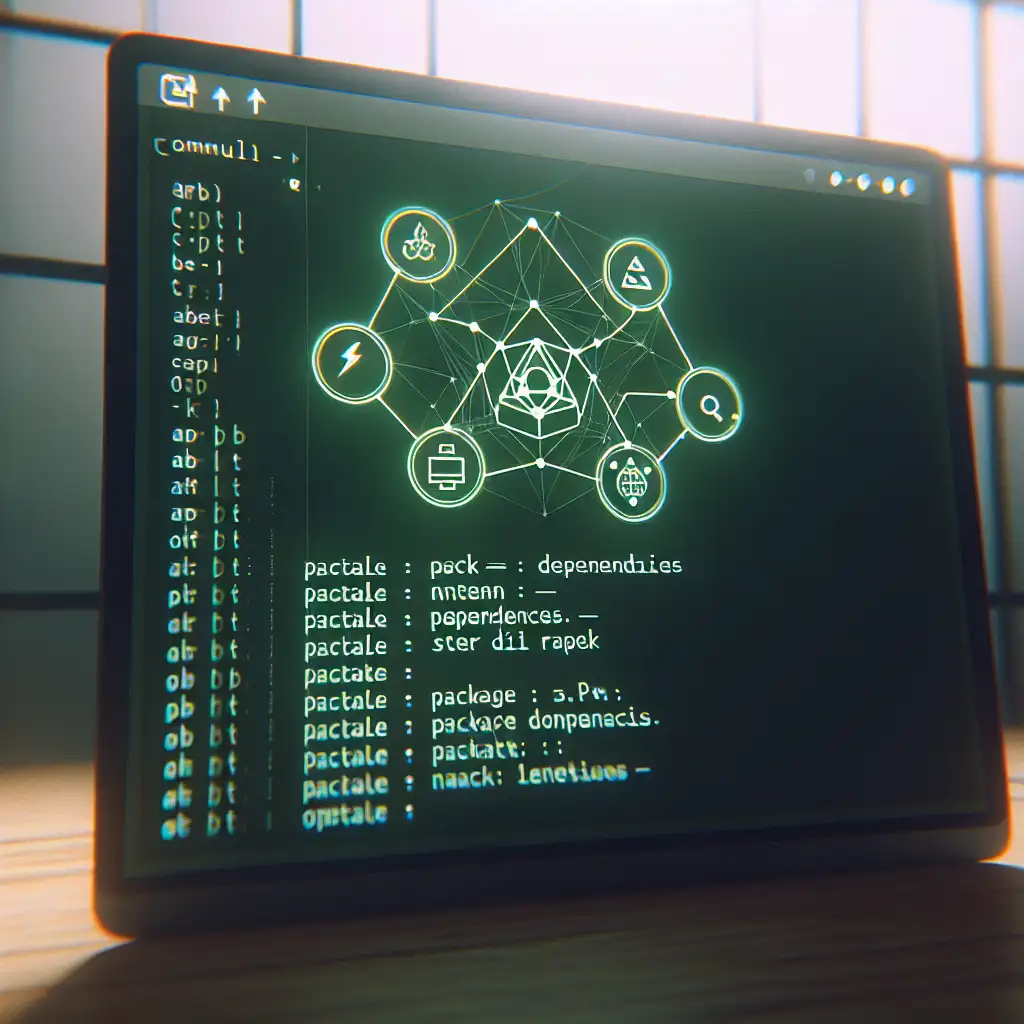Mastering the Installation of APT on Custom Linux Distros: A Practical Guide
APT typically sits at the core of any recent Debian-based system, quietly managing dependencies and upgrades. However, on minimal builds, containers, or embedded environments, you may encounter a system without APT pre-installed. In these scenarios, manual installation and configuration are required—often under time constraints or image size quotas.
The Case for Manual APT Installation
Lack of APT equates to no convenient package lifecycle management: upgrades, auto-removal, systematic dependency resolution are all absent. Routine operations—installing security patches, adjusting system tools—devolve into manual file fetching and unpredictable states. Engineers who deploy custom Debian root filesystems or slimmed-down containers recognize this issue.
Note: The instructions below presume a Debian-compatible target (with ELF ABI, standard directory layout, and at least libc6 provided).
Initial Requirements
Confirm the following:
- Root access (via sudo or otherwise) is non-negotiable.
- Working outbound network connectivity (DNS resolution, HTTP access).
- The system accepts
.debpackages. (If in doubt, check the output ofdpkg --versionor consult/etc/os-release.) - Minimal binary tools available:
dpkg,ar,tar, and optionallywgetorcurl.
Step 1: Ensure dpkg is Present
APT fundamentally relies on dpkg. Start by verifying its presence:
dpkg --version
If this fails (command not found or similar):
- Fetch a compatible static or dynamic
dpkgbinary. For example, to grabdpkg_1.21.22_amd64.debfrom Debian Bullseye:
wget http://ftp.debian.org/debian/pool/main/d/dpkg/dpkg_1.21.22_amd64.deb
ar x dpkg_1.21.22_amd64.deb
tar -C / -xJvf data.tar.xz
If ar is missing, but bsdtar is present, use bsdtar -xf as a drop-in.
Gotcha: Extracting directly to / may overwrite existing binaries—test in a container first if possible.
Afterward:
dpkg --version
A typical version output (e.g., Debian dpkg 1.21.22) confirms readiness.
Step 2: Gather APT and Library Dependencies
APT is not a static binary; expect interlinked shared libraries. Begin by identifying the required set. At a minimum (as of Debian Bullseye, 2024):
| Package | Purpose | Version Example |
|---|---|---|
| apt | Main frontend | 2.2.4 |
| libapt-pkg6.0 | Core runtime library | 2.2.4 |
| liblz4-1 | Compression support | 1.9.3 |
| liblzma5 | XZ/LZMA decompression | 5.2.5 |
| libbz2-1.0 | BZip2 decompression | 1.0.8 |
| libc6 | System C runtime | 2.31 |
Most base images include libc6, but smaller libraries may be missing. Audit with ldd on your downloaded binaries to spot required libs.
Download dependencies:
wget http://ftp.debian.org/debian/pool/main/a/apt/apt_2.2.4_amd64.deb
wget http://ftp.debian.org/debian/pool/main/a/apt/libapt-pkg6.0_2.2.4_amd64.deb
wget http://ftp.debian.org/debian/pool/main/l/lz4/liblz4-1_1.9.3-2_amd64.deb
wget http://ftp.debian.org/debian/pool/main/x/xz-utils/liblzma5_5.2.5-2_amd64.deb
wget http://ftp.debian.org/debian/pool/main/b/bzip2/libbz2-1.0_1.0.8-4_amd64.deb
Install the supporting libraries first, then APT itself. Dependencies often change between Debian releases; always cross-check using https://packages.debian.org/.
Known issue: Installing random mismatched package versions can lead to GLIBCXX_x.x.x not found errors.
Step 3: Install Packages with dpkg
Order matters. Install dependencies before the apt package:
sudo dpkg -i liblzma5_5.2.5-2_amd64.deb liblz4-1_1.9.3-2_amd64.deb libbz2-1.0_1.0.8-4_amd64.deb libapt-pkg6.0_2.2.4_amd64.deb apt_2.2.4_amd64.deb
Inspect for errors like:
dpkg: dependency problems prevent configuration of apt:
apt depends on gpgv; however:
Package gpgv is not installed.
If reported, repeat the download-install cycle for missing libraries or binaries until the dpkg -l | grep apt shows:
ii apt 2.2.4 amd64 commandline package manager
Tip: For bootstrapped systems, use dpkg -i --force-depends only as a last resort—unresolved dependencies can break upgrades down the line.
Step 4: Configure apt Sources
APT defaults to reading from /etc/apt/sources.list; without one, apt update yields:
E: The method driver /usr/lib/apt/methods/http could not be found.
E: Failed to fetch http://deb.debian.org/debian/dists/stable/InRelease
E: Some index files failed to download. They have been ignored, or old ones used instead.
Baseline example for Debian stable (Bookworm, as of 2024):
cat <<EOF | sudo tee /etc/apt/sources.list
deb http://deb.debian.org/debian bookworm main contrib non-free
deb http://security.debian.org/debian-security bookworm-security main contrib non-free
EOF
Validate URLs correspond to your target version (bookworm, buster, etc). Mirror choice impacts update speed and reliability.
Step 5: Verify with Updates and Test Install
Run database synchronization:
sudo apt update
A successful run should display no fatal errors.
For operational confirmation, install a trivial package:
sudo apt install --yes nano
If APT resolves dependencies, retrieves, and unpacks as expected, installation is successful.
Side note: On lean systems, /var/cache/apt can consume significant disk. Monitor and clean up as required.
Troubleshooting
- Missing HTTPS support: If repository URLs are HTTPS, ensure
apt-transport-httpsandca-certificatesare present. Absent these, expect errors such asE: The method driver /usr/lib/apt/methods/https could not be found. - Dependency hell: Use
ldd /usr/bin/aptto reveal missing libraries, orstracefor more nuanced debugging of loader failures. - Custom rootfs (chroot/container): Some APT operations require
/procto be mounted. If you see errors likeW: Unable to read /etc/mtab, ensuremount -t proc proc /proc.
Final Thoughts
Manually installing APT on a custom Linux image is not always elegant—expect iterative debugging and a few false starts. The process grants full control over package provenance and system state, essential in regulated or resource-constrained deployments.
Most issues stem from ABI mismatches or overlooked shared library dependencies.
For edge cases—stateless containers, multiarch environments, highly restricted filesystems—alternative package managers (e.g., nix, apk, or static binaries) might be preferable. Nonetheless, bootstrapping APT remains a practical skill for engineers building minimal and reproducible system images.
